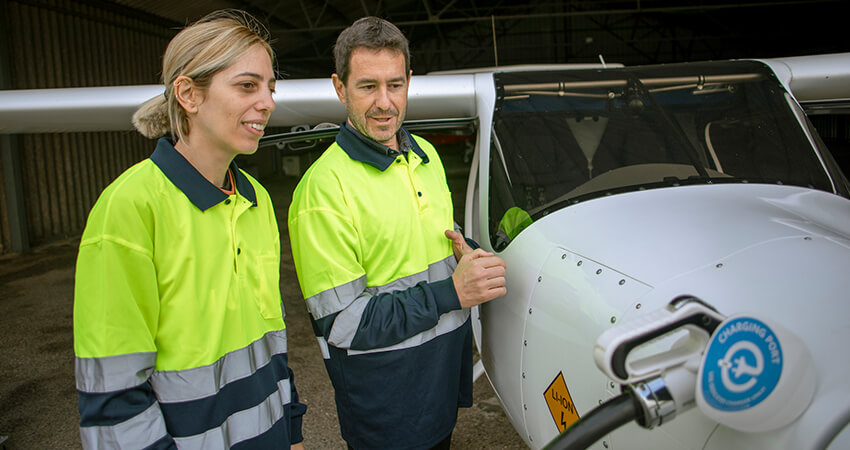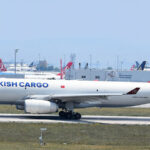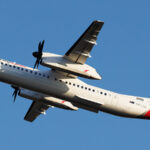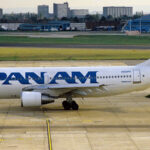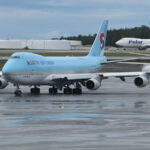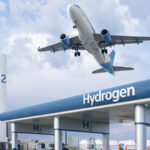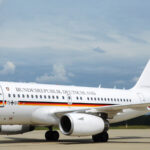One of the primary strategies for aviation sustainability is to reduce the use of fossil fuels. This can be achieved by utilizing new types of fuels, as well as incorporating new mechanisms such as hybrid planes and even fully electric ones.
The sector is experiencing growth and development, with many government organizations supporting initiatives from the private sector or public entities. For instance, the European Commission has a clear (and ambitious) roadmap to develop the aerial drone sector.
One of the places where these initiatives are gaining traction is New Zealand. Various projects are transforming the country into a leader in the study, development, and implementation of different projects that could revolutionize the sector, especially concerning aerial drones and electric cargo planes.
Air New Zealand Takes the Leap
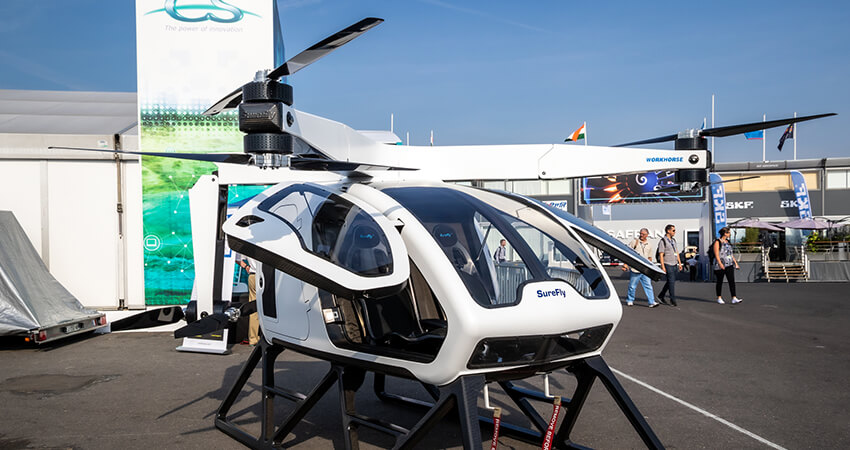
New Zealand’s national airline has just become the world’s first major airline to announce the incorporation of electric cargo planes [electric cargo plane]. Specifically, as reported in early December 2023, it will add these aircraft to its fleet by 2026.
In particular, this involves the electric aircraft ALIA, expected to join the fleet within that timeframe. The aircraft is a design and project of the electric aerospace company BETA Technologies. This initiative falls under the Mission Next Gen Aircraft program of Air New Zealand.
As reported, they expect to start operating commercial flights with electric cargo planes [electric cargo plane] that year, although there could be other projects utilizing this type of technology. “This is a small but important step in a much larger journey for Air New Zealand. There is a lot of work ahead of us, but we are incredibly committed, and this purchase marks a new chapter for the airline,” explained Air New Zealand CEO Greg Foran.
In this initial stage, Air New Zealand will have a strategic partner: NZ Mail. Indeed, the New Zealand postal service is an ideal customer for these planes that can transport a limited load but can also access very remote locations crucial for postal logistics.
The airline will add a first unit, with the option to purchase an additional one. Later on, the company reserves the right to buy up to 20 aircraft. The ALIA is a conventional takeoff and landing aircraft, with a test flight autonomy of about 480 kilometers. Air New Zealand is considering it for much shorter routes, flying at a maximum altitude of 3,000 meters. It is only 12 meters long and flies at about 270 kilometers per hour.
Tests of Another Aerial Drone
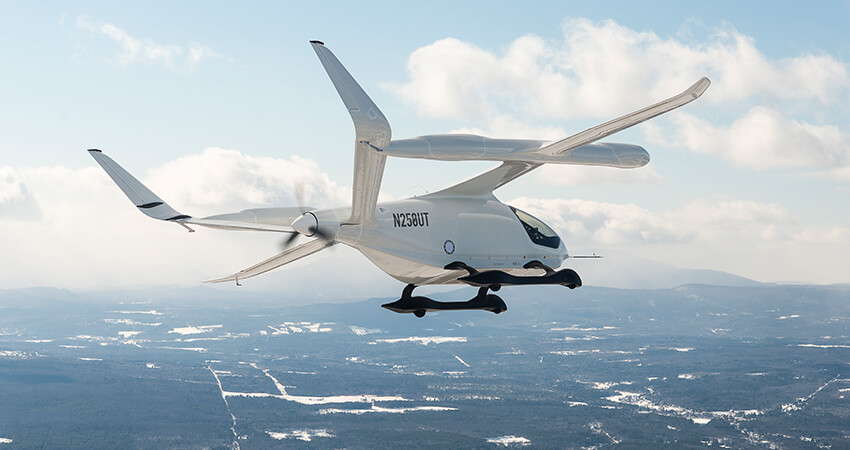
Wisk Aero, a Californian company linked to Boeing, has also had significant ties to New Zealand in the recent past. Specifically, these are tests of different EVTOLs conducted in the country.
These tests, it has received significant support not only from the Civil Aviation Authority of New Zealand but also from the New Zealand government itself. Additionally, it was able to partner with a local aerospace company, Tāwhaki, which provided significant support for its activity.
The trials are crucial for understanding and ensuring the safety of flights in environments similar to those they should eventually encounter. Additionally, this allows them to thoroughly understand the aircraft and improve its performance through on-site testing.
Advantages for New Zealand
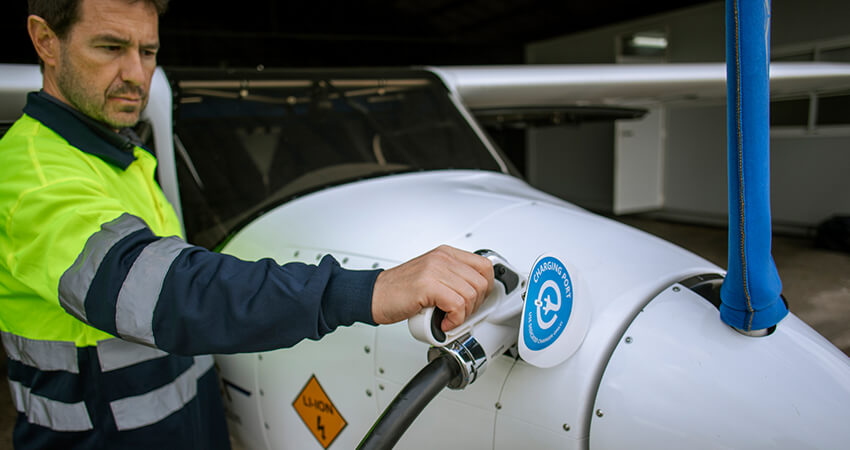
The country has a manifest interest in hosting these types of initiatives. This is related, on the one hand, to environmental awareness. Indeed, it is an active policy supporting these activities, and facilitating their development. Companies receive logistical, administrative, and even economic support to carry out their activities.
Moreover, being in the southern hemisphere, companies from the northern hemisphere have the opportunity to test in different periods of the climatic year simultaneously, in addition to doing so in very different terrains than those they might encounter in the United States or Europe.
But it can also be a great opportunity for the country. Although its territory and population are mainly on the two main islands (North and South), it also has other territories, such as Stewart Island or the Chatham Islands. This last group is 800 kilometers from the rest of the territory, so air connectivity could be a solution. And aerial drones [aerial drones] could be a way to reduce costs and times for physical connection.
ABOUT PHOTOGRAPH BETA CX300 IN FLIGHT: This image is part of Beta’s Media Kit (you can see it here: https://www.beta.team/media-kit/.
However, it is not a photo from Istock or a Creative Commons Licence one).
